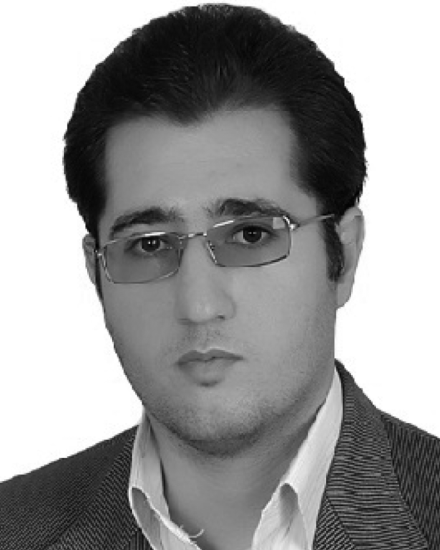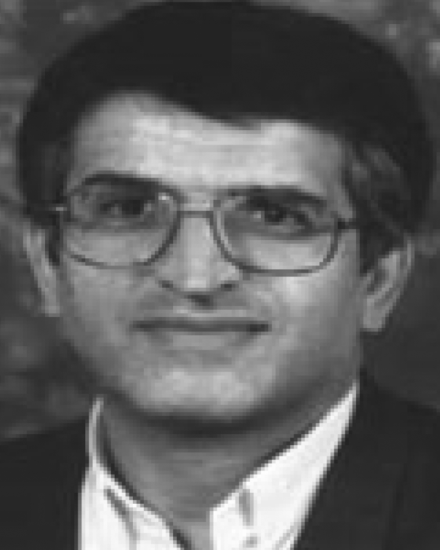Ali Mehrizi-Sani (S'05–GS'08–M'11)
received the B.Sc. degrees in electrical engineering and petroleum engineering from the Sharif University of
Technology, Tehran, Iran, both in 2005; the M.Sc. degree in electrical engineering from the University of Manitoba,
Winnipeg, MB, Canada, in 2007; and the Ph.D. degree in electrical engineering from the University of Toronto, Toronto,
ON, Canada, in 2011.
He is currently an Assistant Professor at Washington State University, Pullman, WA, USA. His research interests
include power system applications of power electronics and integration of renewable energy resources.
Dr. Mehrizi-Sani is an Editor of the IEEE Transactions on Power Delivery, and a Reviewer for several IEEE
transactions and conferences. He is also the Chair of the IEEE Task Force on Dynamic System Equivalents and a
contributing member of several other IEEE task forces, including the Task Force on Microgrid Controls, The Task Force
on Dynamic Average Modeling, and The Task Force on Interfacing Techniques for Simulation Tools. He is a recipient of
the Natural Sciences and Engineering Research Council of Canada (NSERC) Postdoctoral Fellowship in 2011 and was a
Connaught Scholar at the University of Toronto. He received the Dennis Woodford Prize for his M.Sc. thesis.
Ali Mehrizi-Sani (S'05–GS'08–M'11)
received the B.Sc. degrees in electrical engineering and petroleum engineering from the Sharif University of
Technology, Tehran, Iran, both in 2005; the M.Sc. degree in electrical engineering from the University of Manitoba,
Winnipeg, MB, Canada, in 2007; and the Ph.D. degree in electrical engineering from the University of Toronto, Toronto,
ON, Canada, in 2011.
He is currently an Assistant Professor at Washington State University, Pullman, WA, USA. His research interests
include power system applications of power electronics and integration of renewable energy resources.
Dr. Mehrizi-Sani is an Editor of the IEEE Transactions on Power Delivery, and a Reviewer for several IEEE
transactions and conferences. He is also the Chair of the IEEE Task Force on Dynamic System Equivalents and a
contributing member of several other IEEE task forces, including the Task Force on Microgrid Controls, The Task Force
on Dynamic Average Modeling, and The Task Force on Interfacing Techniques for Simulation Tools. He is a recipient of
the Natural Sciences and Engineering Research Council of Canada (NSERC) Postdoctoral Fellowship in 2011 and was a
Connaught Scholar at the University of Toronto. He received the Dennis Woodford Prize for his M.Sc. thesis.View more 






